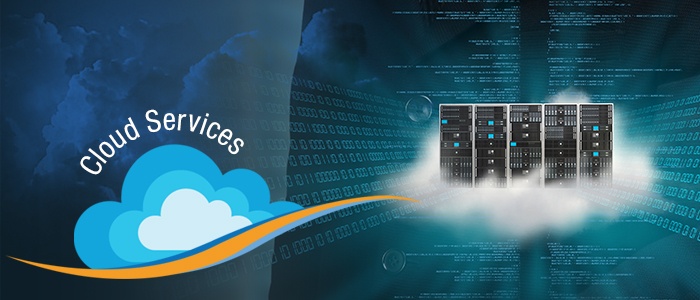Cloud computing is a concept, came into existence to ensure that individuals and enterprises need not be limited by the applications on their desktops. The services, applications and utilities needed in the performance of the work can be simply hosted in the “cloud” or by the particular provider of your choice and you only need an internet connection and a browser to access them. It encompasses everything from file synchronization to traditional desktop replacements to an entire IT infrastructure.
Nowadays, cloud computing is evolving at a dizzy speed and enterprises of all sizes are venturing into this technology. We can say that it is the use of software and hardware delivered as a service over the internet.
Here are some key advantages of cloud computing:
- Highly Scalable: It is independent of the size of enterprise and can be customized to suit your needs and to upgrade the system whenever the need arises.
- Storage Flexibility: It allows enterprise to store, maintain and access their data anywhere, anytime.
- Endless Potential: Launching new portals, upgrading applications and overhauling demanding email systems, all are possible due to cloud computing technology.
- Enhanced Sharing: It allows easy sharing of data around the globe with a couple of mouse clicks.
- Streamlining Costs: It can be advantageous when you consider the cost of software.
Some caveats to consider before embracing this technology:
- It is not freely available; the providers will cost you on the basis of bandwidth used by your enterprise.
- The possibility of the threat due to technical glitches and crashes will be associated with it.
- An issue of intellectual property might arise without clear standards, established for the data.
Acronyms or levels of abstraction of cloud computing are:
- Infrastructure as a Service (IaaS): Hardware for storage, network and similar functions, are delivered as a service.
- Platform as a Service (PaaS): Application platform components like databases, messaging infrastructure and application runtimes, are delivered as a service.
- Software as a Service (SaaS): Core business applications like CRM, ERP applications, HCM and email, are delivered as a service.
Fig.: Levels of Abstraction in Cloud Computing Service Models

There are three major cloud solutions:
- Public Cloud: It is available for anyone on the internet and shared by thousands of customers worldwide. It’s the easiest and cost effective cloud strategy to employ.
- Private Cloud: It is only available for a specific group of consumers, typically an organization. The advantages of private cloud over the public cloud include: security vulnerabilities, legal concerns, no restrictions of network bandwidth.
- Hybrid Cloud: It is the mixture of above two. Its advantages include: reliable connectivity, cost saving, no vendor lock in, etc. It’s the best among the three cloud solutions.
Cloud computing can change the entire IT industry, providing the latest solutions to run enterprises smoother.





